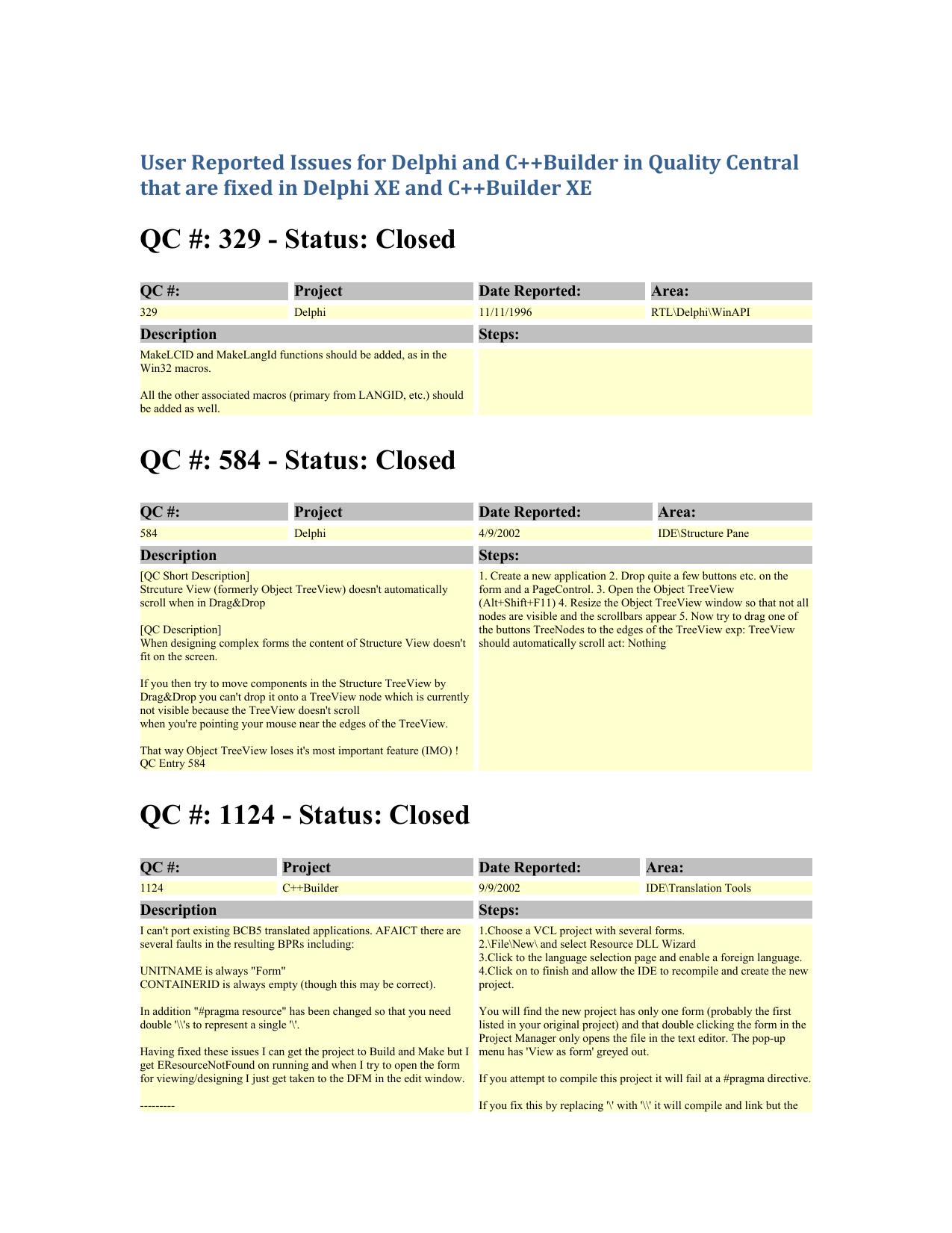- How Does Rtlansistringtounicodestring Work Cost
- How Does Rtlansistringtounicodestring Work Start
- Rtlansistringtounicodestring Msdn

We need to disable CD Emulation programs. Please download and save to your desktop. Double-click on the DeFogger icon to start the tool. When application window appears, click on the Disable button to disable your CD Emulation drivers. When it prompts you whether or not you want to continue, please click on the Yes button to continue. When the program has completed you will see a Finished!
Message. Click on the OK button to exit the program. If CD Emulation programs are present and have been disabled, DeFogger will now ask you to reboot the machine. Please allow it to do so by clicking on the OK button.When done, see if you can upload the files, either form their original location, or, if you can copy/paste to another location and upload from there. File sptd.sys received on 2010.08.02 04:39:48 (UTC)Current status: Loading.
The device object has to be accessible, because IoGetDeviceObjectPointer basically just does a ZwCreateFile request for the named device. The example provided by Michi relies on opening the driver object, and then traversing the chain of device objects owned by the driver object.
File dtscsi.sys received on 2010.08.02 04:47:22 (UTC)Current status: Loading. No luck again. I'm going off to bed and have work all day tomorrow so I won't be able to continue this until tomorrow night. Hopefully something works. Thanks for everything so far.Running rkill, I believe I see a few DOS windows open and disappear really fast.Windows popup message title: C:rkill.logBig red x with the message: Windows cannot find 'C:rkill.log'. Make sure you typed the name correctly, and then try again. To search for a file, click the Start button, and then click Search.Exehelper had popups open and close.
I was not able to interact with the program. Code::filefindswreg.exeREG.EXEcmd.exe. Click the Look button to start the scan. When finished, a notepad window will open with the results of the scan.
Please post this log in your next reply.Note: The log can also be found on your Desktop entitled SystemLook.txtGo StartRun ('Start Search' in Vista/7), type in:sfc /scannowClick OK (hold CTRL, and SHIFT, hit Enter in Vista/7).Have Windows CD/DVD handy (with Vista/7, most likely, you won't need it).If System File Checker (sfc) will find any errors, it may ask you for the CD/DVD (rarely in Vista/7 case). Which browser is getting redirected1. Download Security Check from, and save it to your Desktop. Double-click SecurityCheck.exe. Follow the onscreen instructions inside of the black box. A Notepad document should open automatically called checkup.txt; please post the contents of that document.2.
How Does Rtlansistringtounicodestring Work Cost

Download. Double click on TFC.exe to run the program.
How Does Rtlansistringtounicodestring Work Start
Click on Start button to begin cleaning process. TFC will close all running programs, and it may ask you to restart computer.3. Go to and perform an online antivirus scan. Disable your active antivirus program. Read through the requirements and privacy statement and click on Accept button. It will start downloading and installing the scanner and virus definitions. You will be prompted to install an application from Kaspersky.
Click Run. When the downloads have finished, click on Settings. Make sure these boxes are checked (ticked). If they are not, please tick them and click on the Save button:. Spyware, Adware, Dialers, and other potentially dangerous programs.
Archives. Mail databases. Click on My Computer under Scan. Once the scan is complete, it will display the results. Click on View Scan Report.
Rtlansistringtounicodestring Msdn
You will see a list of infected items there. Click on Save Report As.
Save this report to a convenient place. Change the Files of type to Text file (.txt) before clicking on the Save button. Then post it here. It looks to me, we may end up with Windows repair installation.Do you have Windows XP CD?Try.Please run a free online scan with the. Disable your antivirus program. Tick the box next to YES, I accept the Terms of Use. IMPORTANT!
UN-check Remove found threats. Click Start. Accept any security warnings from your browser. Check Scan archives. Click Start.

ESET will then download updates for itself, install itself, and begin scanning your computer. Please be patient as this can take some time. When the scan completes, push List of found threats. Push Export to text file, and save the file to your desktop using a unique name, such as ESETScan.
Include the contents of this report in your next reply.